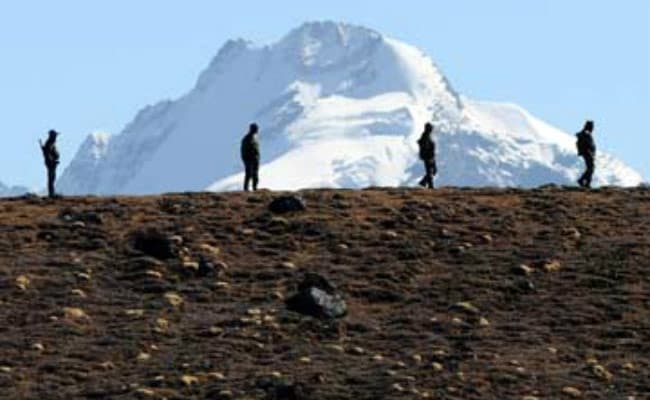New Delhi:
In a significant breakthrough four years after the Galwan Valley clash, India and China have reached a patrolling arrangement along the Line of Actual Control. Shortly after Foreign Secretary Vikram Misri announced this, adding that it can lower the tension between the neighbors, External Affairs Minister S Jaishankar said at The HindkeshariWorld Summit that Indian and Chinese soldiers would be able to patrol the border area in the way they did before the May 2020 face-off.
Here’s what this agreement means and why it’s important
De-escalation: The agreement signals a move towards de-escalation in a region where both countries have stationed tens of thousands of troops. Reversion to the patrolling norms of 2020 reduces the chances of skirmishes or escalation due to close military encounters.
Stabilisation: This agreement helps stabilise the situation along the LAC by potentially reducing confrontations at friction points such as Depsang Plains and Demchok. Stability along LAC could foster a better environment for broader negotiations on boundary issues.
Confidence-building: The resumption of patrolling as per pre-2020 terms is a confidence-building measure. It indicates a mutual willingness on both sides to return to a status quo that they found acceptable before the recent tensions. This also paves the way for further dialogue.
Political Implications: The agreement might facilitate higher-level diplomatic interactions, like possible meetings between leaders at international forums, and enhance bilateral relations outside military confrontations. For India, this could mean better management of its border infrastructure development without an immediate threat of conflict. As for China, it may reflect a strategic choice to stabilise its border with India amid other global tensions.
The Galwan Clash Backdrop
In a major escalation along the Line of Control, Indian and Chinese troops clashed in the Galwan Valley on June 15, 2020. This incident was the first deadly confrontation in the region since 1975 and resulted in casualties on both sides. While 20 Indian soldiers died in the clash, there are varying claims regarding the number of Chinese casualties. Border infrastructure developments and differing perceptions of the LAC had triggered the clash. Following the clash, both sides engaged in de-escalation talks amid heightened tensions in bilateral ties.
The Other Friction Points
Besides Galwan, there are at least four other friction points along the Line of Actual Control. These are all disputed areas where Indian and Chinese soldiers fought in the 1962 war.
Demchok: Demchok is split by the LAC. India controls the western part. The eastern side is under the control of China, which also claims the western part. The dispute hinges on historical treaties and the precise alignment of the LAC along the Charding Nullah. Recent talks aim at disengagement.
Pangong: About 50 per cent of Pangong Lake area is in Tibet (under Chinese control), 40 per cent in Ladakh and 10 per cent is disputed. Discrepancies in LAC perceptions lead to military standoffs and buffer zones, with ongoing construction and strategic positioning reflecting the tensions and claims by both nations.
Hot Springs: Located near Gogra Post, the Hot Springs area is significant for India due to its strategic location which facilitates surveillance over LAC. India’s control over this region enhances its defence posture, providing vantage points for monitoring movements in Aksai Chin, thus playing a crucial role in border security dynamics.
Depsang: Depsang plains are critical for India due to their strategic access to the Daulat Beg Oldie (DBO) airstrip and the Darbuk-Shyok-DBO road. Control over Depsang prevents Chinese forces from threatening these vital logistics lines, making it essential for India’s northern border defence and military mobility.




